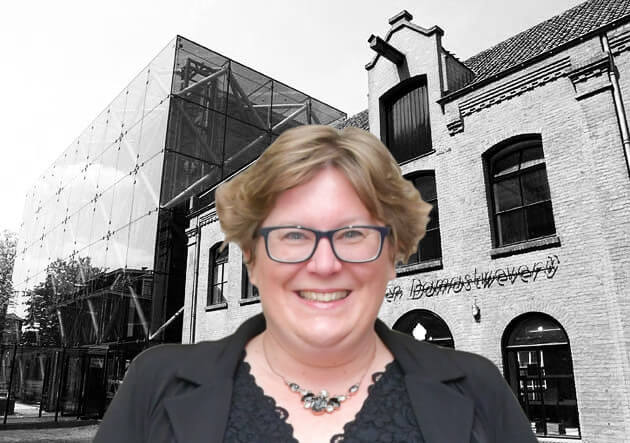
A year ago, I came across a theory from the leading psychologist Susan Fiske. For me as a scientist, an encounter with a wonderful theory is like an encounter with a very special person: you want to know more about them. In the past year I have therefore studied a great deal of this Princeton professor’s academic work, and her work has completely dominated my personal research work.
Her theory has moved me because of its simplicity. I love theories and models which don’t take weeks of study to actually understand. No, I prefer it when the essence of the theory is clear to you at a glance. Simplicity does not mean that the theory is simple. A good theory is powerful because of its simplicity as it describes the essence of what is most complex. Think E=mc2.
Susan Fiske states that we see people and stereotype them on the basis of two basic dimensions: warmth and competence. In this respect, warmth stands for the intentions that the other person has towards you, and competence for the abilities that are needed to realize those intentions. In other words, warmth means that you want to be good for the other person and competence means that you can be good for the other person. This two-dimensional thinking can also be seen with other theorists. For example, Stephen Covey talks about Character and Competence, and Doney and Cannon discuss Benevolence and Credibility.
Warmth and competence
We see most people as either warm or competent. A combination of both warm and competent is special; these are the people who we really admire. At the same time, the variables of warmth and competence are aspects that we are able to use strategically. During a job interview process I will try to seem as competent as possible, but when I pick the children up from school, I will mainly show my warm side. Warmth and competence are therefore not just the dimensions by which we perceive others, but also the basis for shaping how we manage our impressions.
This summer I treated myself to a piece of non-academic work from Susan Fiske. I read The Human Brand as my holiday literature. It was only while reading the book that I understood why I had become such a fan of the warmth-competence theory. It was not because of its simplicity nor because of its intuitive understanding. But because of its scope. Through dimensions of warmth and competence, and especially given the special combination of the two, you are able to explain so much: why we trust people, why certain brands become a success, why one start-up succeeds and the other one doesn’t, and so on.
Golden combination
If combined (!), dimensions of warmth and competence are the ingredients for overall success at whichever level. And the great thing about these is that these ingredients do not appear to be changing, given that the world is changing so much. They are perhaps even more valid now than ever before. They are robust and they emphasize the human scale in an era when we sometimes seem to forget that we are human beings with ingrained personal preferences for human qualities in everything and everyone. So tomorrow is good for you to be investing wholeheartedly in the golden combination of warmth and competence; good luck!
About this column
In a weekly column, alternately written by Mary Fiers, Eveline van Zeeland, Lucien Engelen, Tessie Hartjes, Jan Wouters, Katleen Gabriels, Peter de Kock en Auke Hoekstra, Innovation Origins tries to find out what the future will look like. These columnists, occasionally supplemented with guest bloggers, are all working in their own way on solutions for the problems of our time. So tomorrow will be good. Here are all the previous columns.

